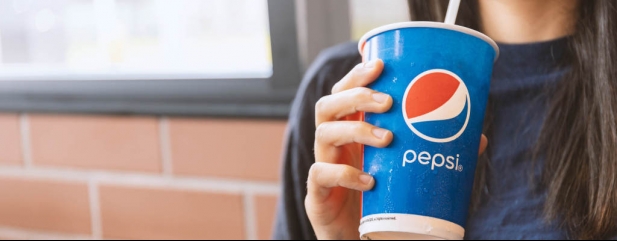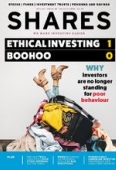Archived article
Please note that tax, investment, pension and ISA rules can change and the information and any views contained in this article may now be inaccurate.
US earnings season unlikely to add clarity to full year outlook

After US stocks racked up their best quarterly performance for 20 years in the three months to June, with the S&P 500 index gaining 20%, this month sees the start of the US reporting season.
According to Factset, the consensus forecast is for a 44.6% fall in second quarter earnings for the S&P 500, which if accurate would be the worst quarterly decline since the end of 2008 when earnings dropped nearly 70%.
It would also be the biggest fall in second quarter earnings since 1968, according to the Wall Street Journal.
First quarter earnings were expected to fall 7%, but they ended up falling 15% so analysts have slashed their second quarter estimates.
The problem is that with so many companies withdrawing guidance, the analysts are still flying blind. Just 22 companies in the S&P 500 issued positive second quarter guidance, while 27 companies issued negative guidance: normally more than twice as many companies issue quarterly forecasts.
This week saw reports from snack and fizzy drink maker PepsiCo on Monday, followed by banking giants JPMorgan and Wells Fargo on Tuesday.
PepsiCo was a clear beneficiary of lockdown, posting forecast-beating revenues due to a surge in sales of snack foods, while beverage sales slipped due to lower sales to restaurants and the food-service industry.
JPMorgan was the first of the banks to report and blew away forecasts thanks to strong trading revenues, which allowed it to provision $1 billion more for bad loans than the market was expecting yet still beat estimates.
On the other hand, Wells Fargo – a major holding for legendary investor Warren Buffett – swung to its first quarterly loss in a decade as it provisioned nearly $10 billion for bad corporate loans. ‘Our view of the length and severity of the downturn has deteriorated considerably since last quarter,’ said chief executive Charles Scharf.
Like the UK, the US economy is dominated by service industries and consumption, with many companies and sectors dependent on government aid in the form of handouts for the time being.
Also, businesses which had to close during lockdown face extra costs to restart, so while the outlook for revenues might suggest a V-shaped recovery, earnings could take a lot longer to bounce back.
With luck the bar is so low this time that most companies will at least be able to meet forecasts, but it still seems unlikely they will be able to offer any more clarity on the full year.
Important information:
These articles are provided by Shares magazine which is published by AJ Bell Media, a part of AJ Bell. Shares is not written by AJ Bell.
Shares is provided for your general information and use and is not a personal recommendation to invest. It is not intended to be relied upon by you in making or not making any investment decisions. The investments referred to in these articles will not be suitable for all investors. If in doubt please seek appropriate independent financial advice.
Investors acting on the information in these articles do so at their own risk and AJ Bell Media and its staff do not accept liability for losses suffered by investors as a result of their investment decisions.
Issue contents
Editor's View
Feature
First-time Investor
Great Ideas
- Market share gains to fuel Motorpoint
- Analyst upgrades Luceco forecasts for the second time in as many months
- Play the healthcare boom via ‘best in class’ UDG
- QinetiQ growth strategy progressing despite challenges
- Buy care home investor Target Healthcare for a 6% yield
- Hipgnosis is cashed up and ready to buy more songs
- Ocado has a monumental growth opportunity
Investment Trusts
Money Matters
News
- US earnings season unlikely to add clarity to full year outlook
- Red hot Tesla could put huge stock offering on the table
- Fevertree shares fall on margin concerns
- Global company debt could jump by $1 trillion in 2020
- Halma’s record profit streak set to end
- B&M shares hit new record high as analysts upgrade forecasts

 magazine
magazine









